ESTP and INFJ Compatibility: Strengths, Struggles, and Surprises
At its best, this relationship is a beautiful balance one partner grounding the other, one partner lifting them higher. At its worst, it can feel like they’re speaking two different languages. But for those willing to lean in and learn, it can be a journey that transforms them both.
The relationship between an ESTP and an INFJ is often described as a meeting of opposites. One thrives in the present, living with energy, spontaneity, and boldness. The other sees further, guided by insight, intuition, and a quiet sense of purpose. When these two come together, the mix can be magnetic, challenging, and deeply rewarding. To truly understand how their bond works, it helps to start by exploring who they are at their core.
What are ESTP and INFJ?
ESTP stands for Extraverted, Sensing, Thinking, and Perceiving.
People with this personality type are often referred to as “The Dynamo” or “The Entrepreneur.” They are bold, adventurous, and grounded in the present moment. They thrive on action, excitement, and hands-on experiences.
ESTPs are quick thinkers who enjoy solving problems on the spot, often preferring practical solutions over abstract ideas. Their charisma, social energy, and adaptability make them natural leaders in real-time situations.
INFJ stands for Introverted, Intuitive, Feeling, and Judging. Often called “The Advocate” or “The Visionary,” INFJs are known for their deep empathy, thoughtfulness, and ability to see patterns where others cannot.
They think long-term, guided by values, meaning, and an innate desire to help others. Unlike ESTPs, INFJs are more reserved, preferring deep one-on-one conversations over group dynamics.
They have a strong sense of purpose and often bring wisdom and clarity to relationships.
At first glance, these two types could not be more different.
One thrives on movement and risk, while the other values reflection and foresight. Yet it is often these differences that spark curiosity and attraction.
ESTP and INFJ Compatibility
The compatibility between ESTP and INFJ can be described as complementary rather than identical.
They are drawn to each other because they each offer something the other lacks.
The INFJ often admires the ESTP’s confidence, energy, and ability to take immediate action. To someone who spends much of their time in thought and reflection, the ESTP’s boldness can feel refreshing and even liberating.
The ESTP, on the other hand, is often intrigued by the INFJ’s depth, wisdom, and sense of calm. Where the ESTP charges forward, the INFJ provides perspective, reminding them of the bigger picture. This creates a dynamic where one partner energizes while the other grounds, forming a balance that can be both exciting and stabilizing.
However, compatibility does not mean effortless harmony. While there is potential for deep connection, there are also areas where tension can easily rise if differences are not respected.
Similarities and Differences Between ESTP and INFJ
Even though ESTPs and INFJs operate differently, they share certain qualities that can create common ground.
Similarities:
-
Both are capable of intense loyalty when committed to a relationship.
-
Both bring a sense of passion, though expressed differently ESTPs show it through action, INFJs through devotion.
-
Both value growth, though one pursues it through experiences and the other through reflection.
Differences:
-
ESTPs are extroverted and energized by social settings, while INFJs recharge in solitude.
-
ESTPs focus on the present moment, while INFJs think far ahead into the future.
-
ESTPs rely on logic and practicality, while INFJs often prioritize emotions and values.
-
ESTPs are spontaneous and flexible, while INFJs prefer structure and planning.
These differences can either cause friction or create opportunities for growth. For instance, the ESTP may encourage the INFJ to live more fully in the present, while the INFJ can help the ESTP think beyond the immediate moment.
Can ESTP and INFJ Come Together?
The short answer is yes they can come together, but it requires effort, patience, and an appreciation for each other’s unique strengths.
For this pair, attraction often begins with fascination. The INFJ is captivated by the ESTP’s boldness and adventurous spirit, while the ESTP is drawn to the INFJ’s quiet mystery and depth of thought. This creates an initial spark that feels magnetic.
As the relationship develops, however, the challenge lies in maintaining balance. The ESTP may grow frustrated with the INFJ’s need for alone time or tendency to overthink, while the INFJ may feel overwhelmed by the ESTP’s fast pace and need for constant activity.
The key is not to try to change one another but to lean into the differences. If the ESTP learns to slow down occasionally and the INFJ learns to embrace spontaneity, their worlds can merge in a way that feels transformative.
ESTP and INFJ Communication
Communication is often where this relationship is tested the most. ESTPs communicate directly, often focusing on facts and immediate solutions. They prefer clear, straightforward dialogue and may become impatient with abstract or emotional conversations.
INFJs, on the other hand, communicate with layers of nuance. They value meaning, empathy, and insight. For them, communication is not just about solving problems but about understanding each other on a deeper level.
This mismatch can sometimes feel like speaking two different languages. The ESTP may feel the INFJ is too indirect or overly complex, while the INFJ may feel the ESTP is too blunt or dismissive of feelings.
Successful communication for this pair requires mindfulness. The ESTP benefits from slowing down and listening not just to words but to emotions, while the INFJ benefits from being more direct and grounding their thoughts in practical terms. When both adapt, they can meet in the middle and create meaningful dialogue.
How Technology Can Support ESTP-INFJ Relationships
Differences in personality can create both sparks and struggles. One way couples can bridge these differences is by strengthening self-awareness and emotional balance. Tools like neuroVIZR brain training devices use light and sound stimulation to help the brain shift into states of calm, focus, and openness.
For an INFJ, this can mean easing overstimulation and creating mental space for clarity. For an ESTP, it can mean grounding their energy and improving presence in deeper conversations. Together, both partners can use it to reduce stress, enhance communication, and build harmony making growth as a couple more natural.
You may like - intj and enfj relationships
ESTP and INFJ: Who Handles Conflicts Better?
Conflict is inevitable in any relationship, but the way each type approaches it is vastly different.
ESTPs tend to confront conflict head-on. They prefer to deal with issues in the moment and resolve them quickly. They may become impatient if the problem lingers and often push for immediate solutions.
INFJs, however, approach conflict more cautiously. They prefer to process their feelings before engaging and may withdraw to reflect. When they do engage, they often focus on harmony and resolution that aligns with their values, rather than quick fixes.
So who handles conflicts better? The answer depends on perspective. ESTPs are effective at keeping arguments from dragging on and can bring clarity to situations quickly. INFJs, however, bring depth and emotional understanding, ensuring that solutions are meaningful and not just temporary.
The healthiest resolution comes when both combine their strengths. The ESTP can encourage timely resolution, while the INFJ ensures that emotions are respected and long-term harmony is achieved.
Final Thoughts
The compatibility of ESTPs and INFJs is not a simple matter of “perfect match” or “too different to work.” It is a blend of strengths and struggles, surprises and challenges. What makes this pair special is the potential for transformation.
When an ESTP and INFJ come together, they create a relationship that balances action with reflection, spontaneity with foresight, and excitement with depth. It is not always easy, and at times it can feel like navigating two different worlds. But for those willing to listen, learn, and lean into their differences, this partnership can grow into something extraordinary.
At its heart, the ESTP and INFJ relationship is proof that opposites do not just attract they can evolve together, becoming more than the sum of their parts.
FAQs
Are INFJs and ESTPs compatible?
Yes, INFJs and ESTPs can be surprisingly compatible. While they may seem like opposites, their differences can balance each other out. INFJs bring depth, vision, and emotional insight, while ESTPs bring energy, adaptability, and a love for the present moment. If both respect each other’s differences, this pairing can grow into a dynamic and fulfilling relationship.
Who is INFJ’s golden pair
The ENTP is often considered INFJ’s golden pair. ENTPs are curious, adventurous, and spontaneous, which balances the INFJ’s thoughtful and structured nature. This creates a relationship where INFJs feel energized and challenged, while ENTPs gain grounding and depth.
What are the strengths and weaknesses of ESTP?
-
Strengths: Energetic, action-oriented, adaptable, bold decision-makers, persuasive, fun-loving, and quick problem-solvers.
-
Weaknesses: Impulsive, risk-prone, easily bored, sometimes insensitive, may avoid long-term planning, and can overlook deeper emotions.
What is the polar opposite of ESTP?
The INFJ is the polar opposite of ESTP. While ESTPs thrive on spontaneity, external action, and excitement, INFJs focus on reflection, long-term vision, and deep emotional understanding. Their opposing traits can clash but also complement each other when both are willing to grow.
Disclaimer: neuroVIZR is a wellness device designed to support relaxation, focus, and overall brain wellness. It is not a medical device and does not diagnose, treat, cure, or prevent any medical condition. Results may vary from person to person.








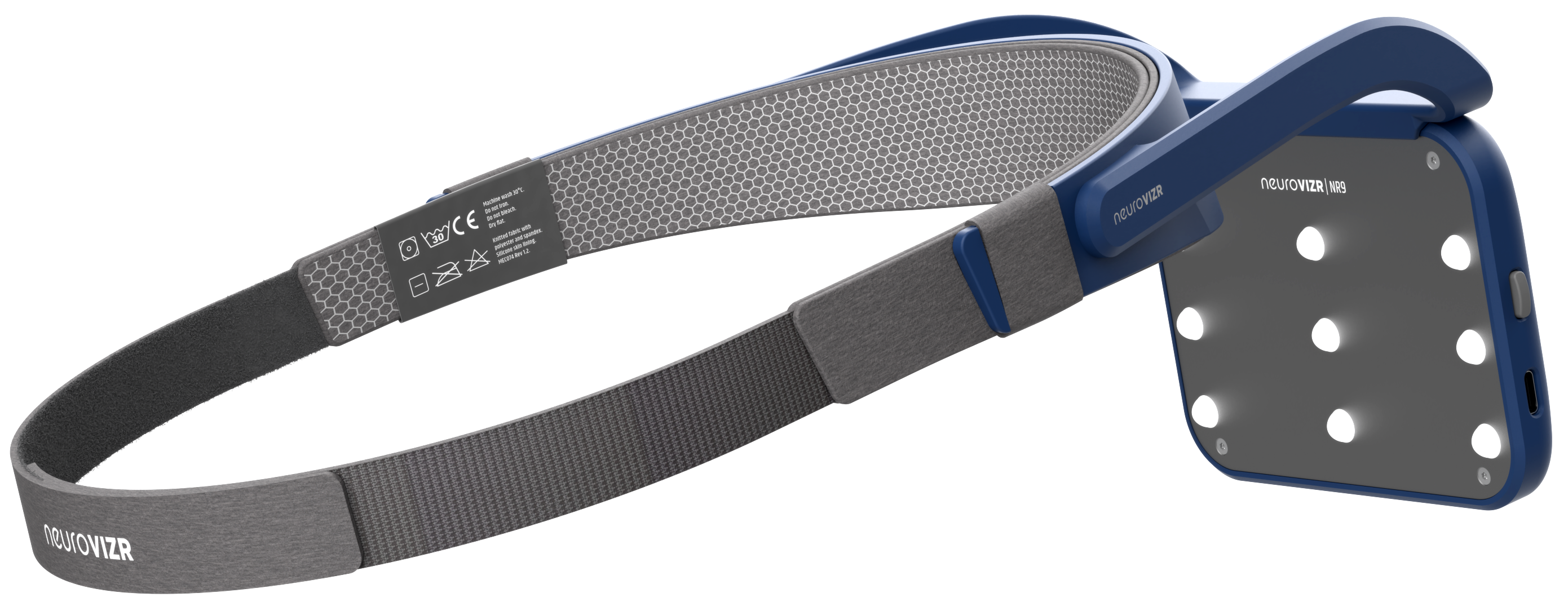
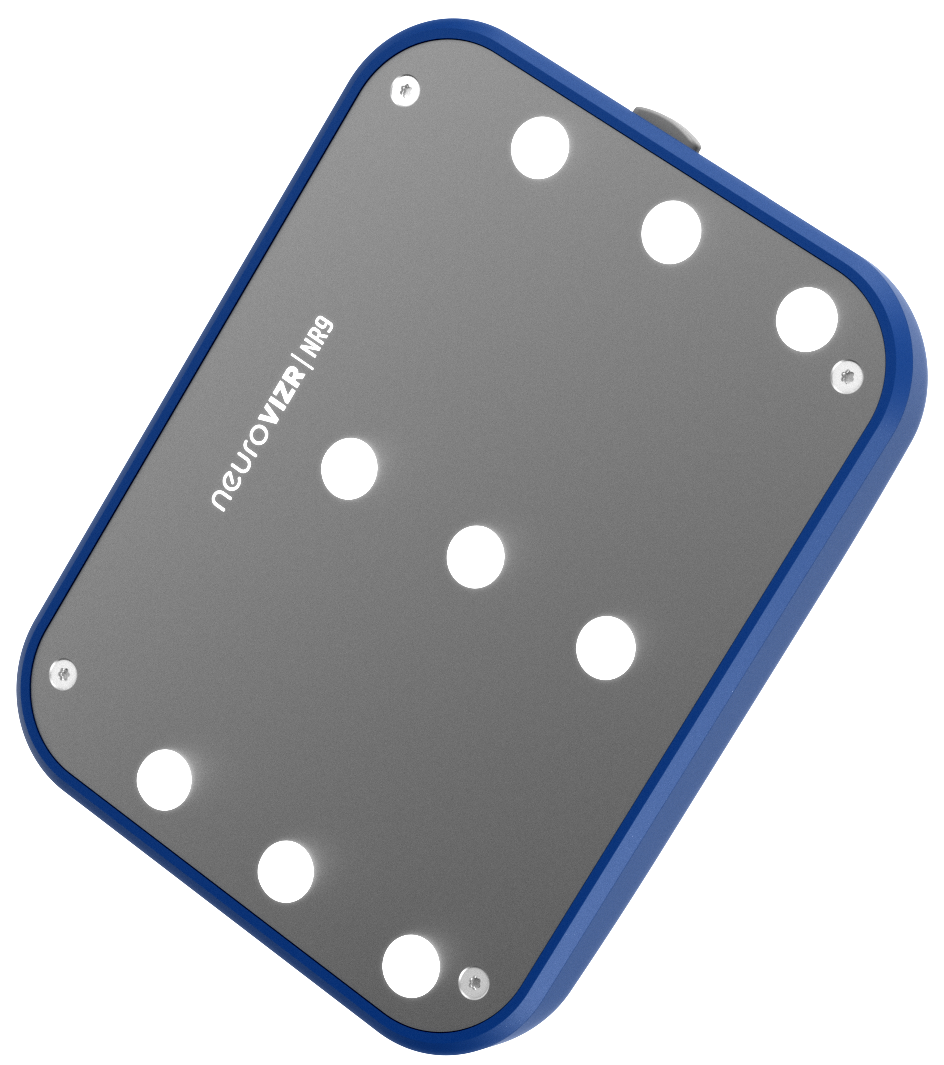
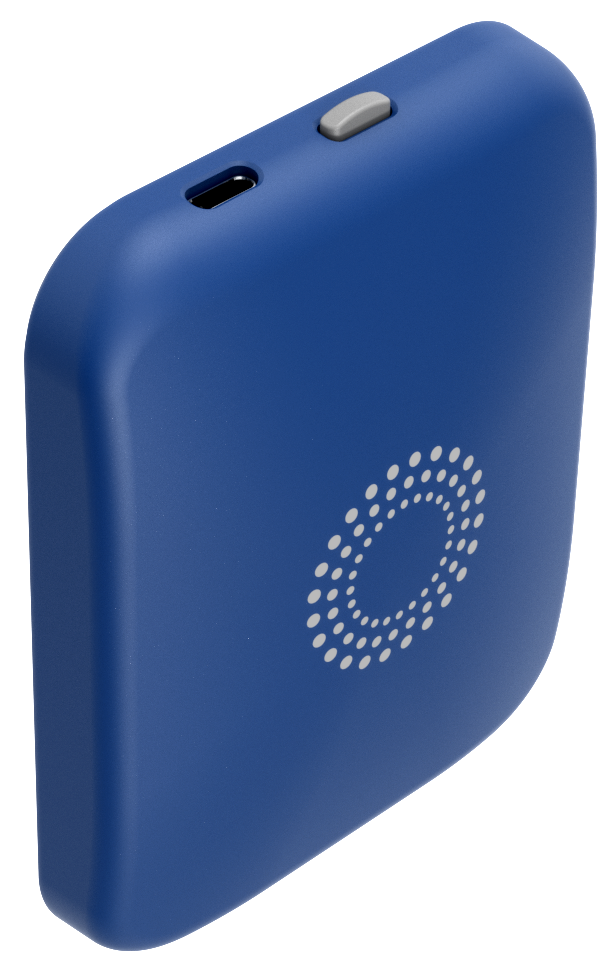
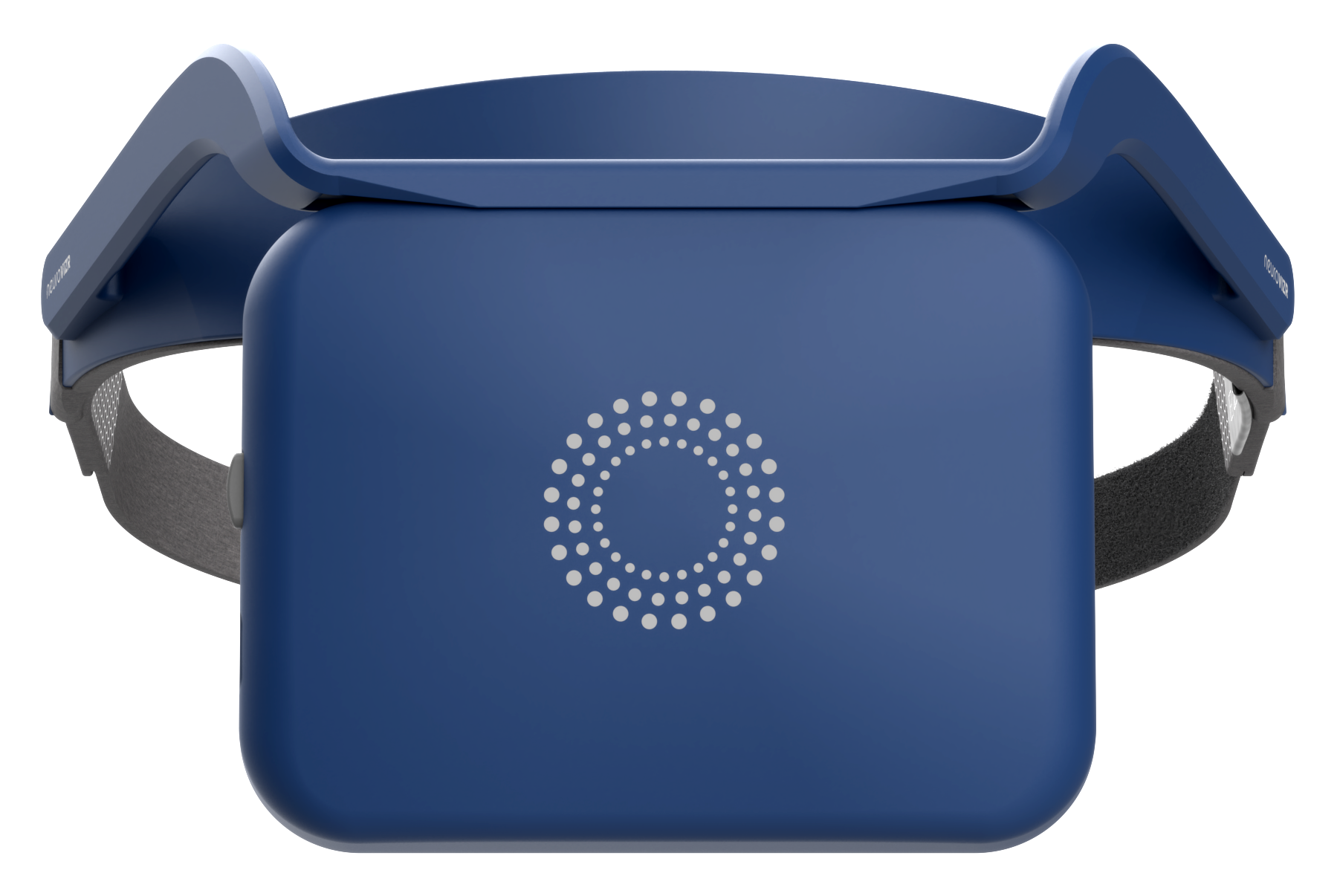
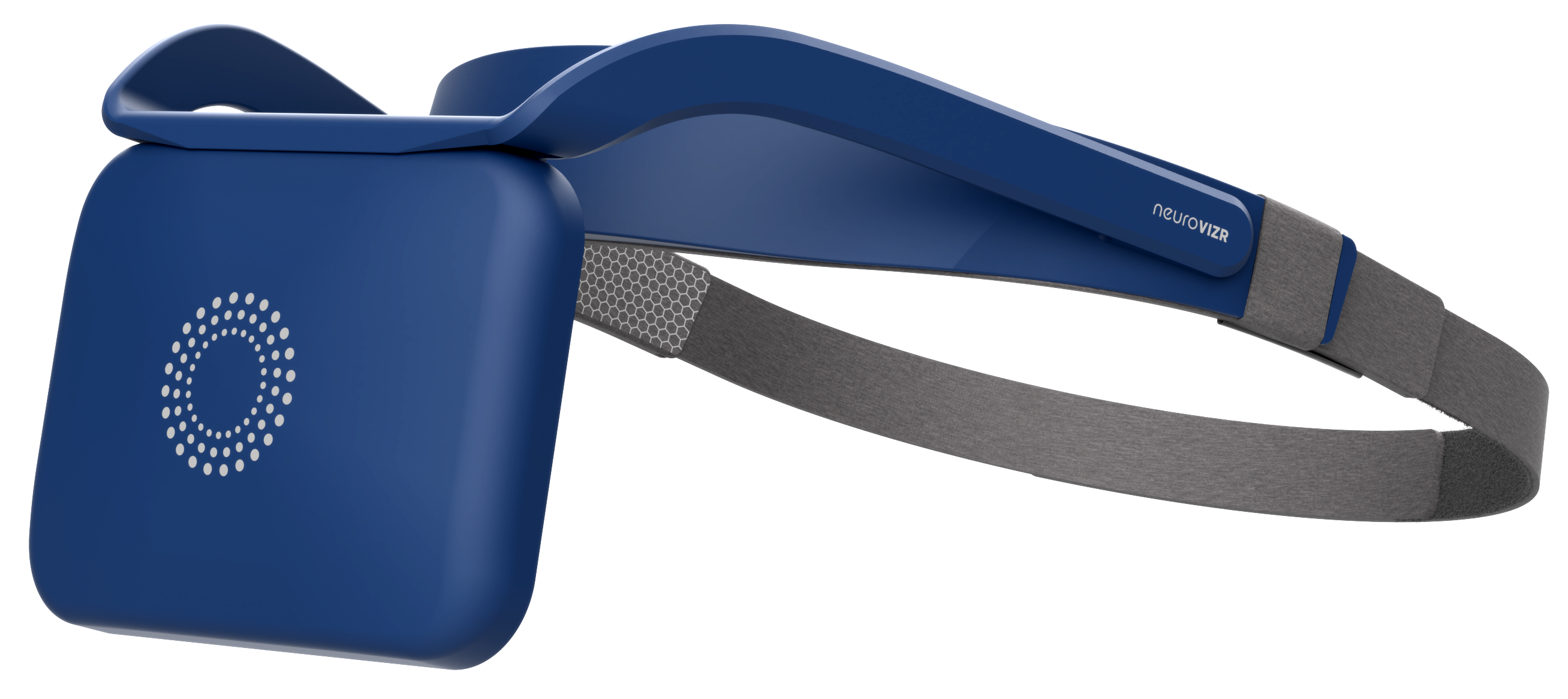

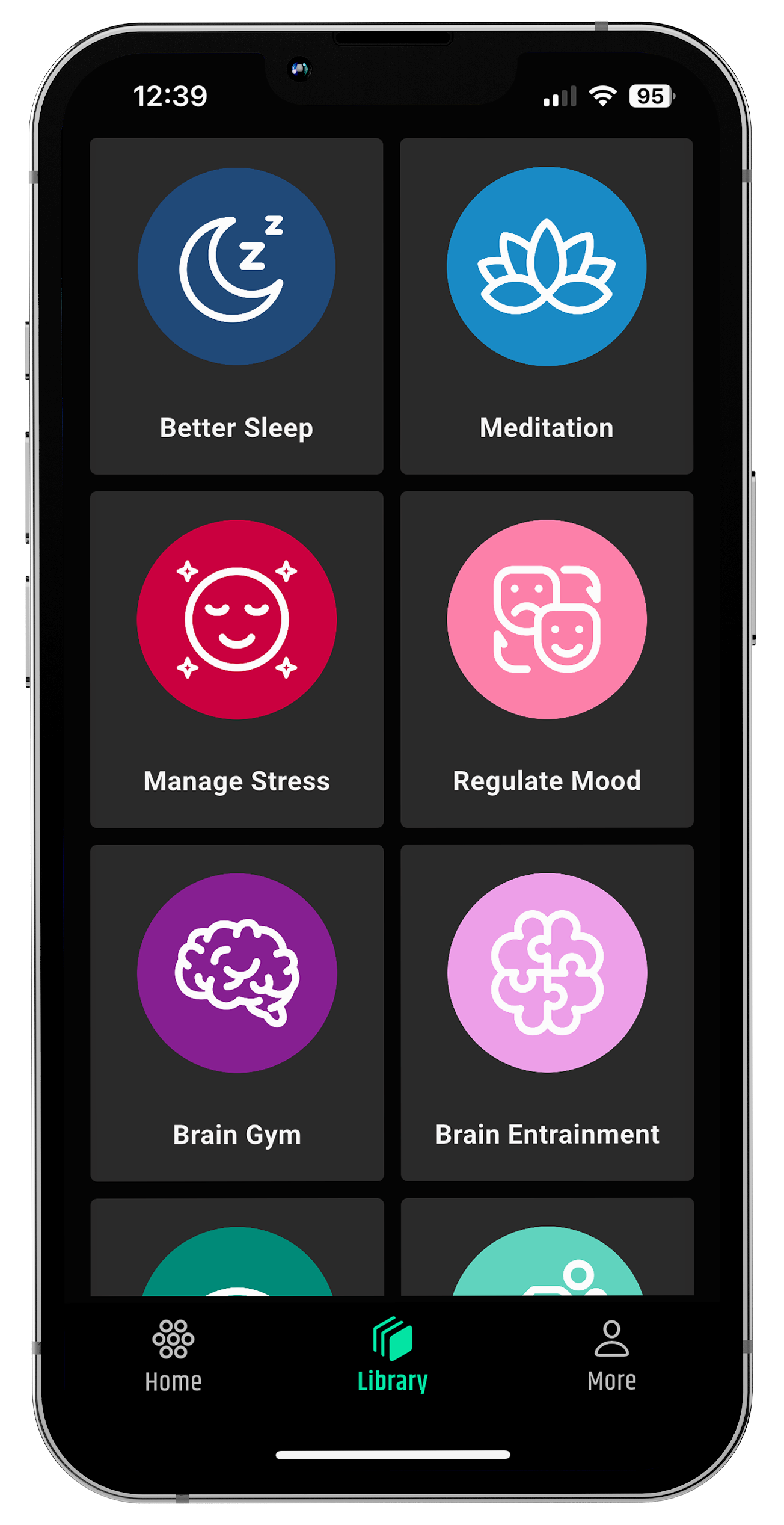

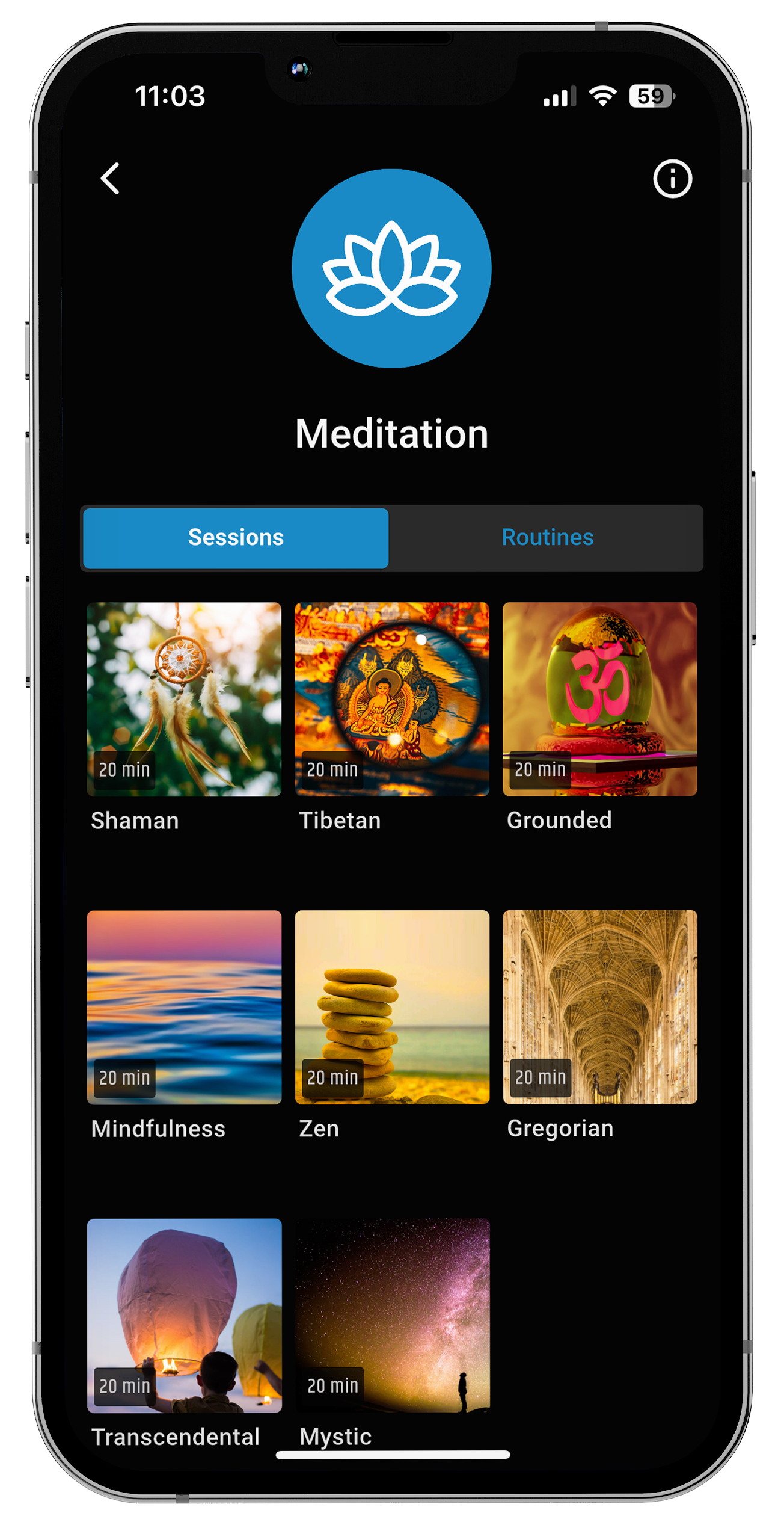





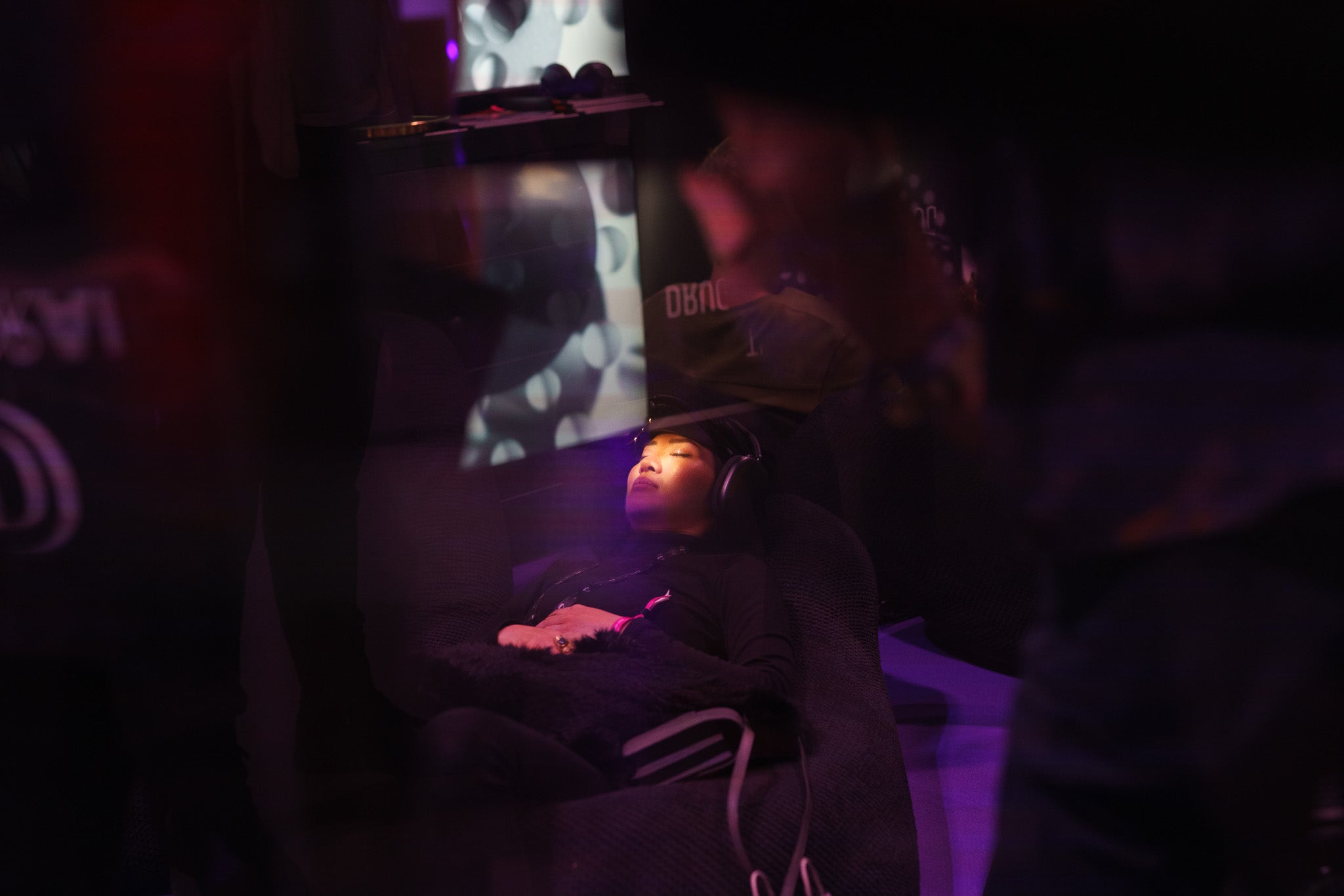



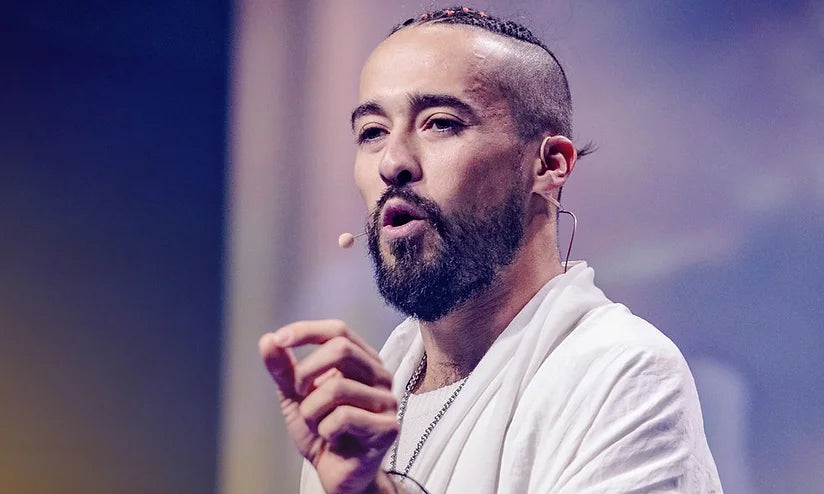

Share:
Introverted Extrovert Myers-Briggs Perspective: The Introverted Extrovert Personality Explained
What Type of Feeler Are You? The Introverted Vs. Extraverted Feeling